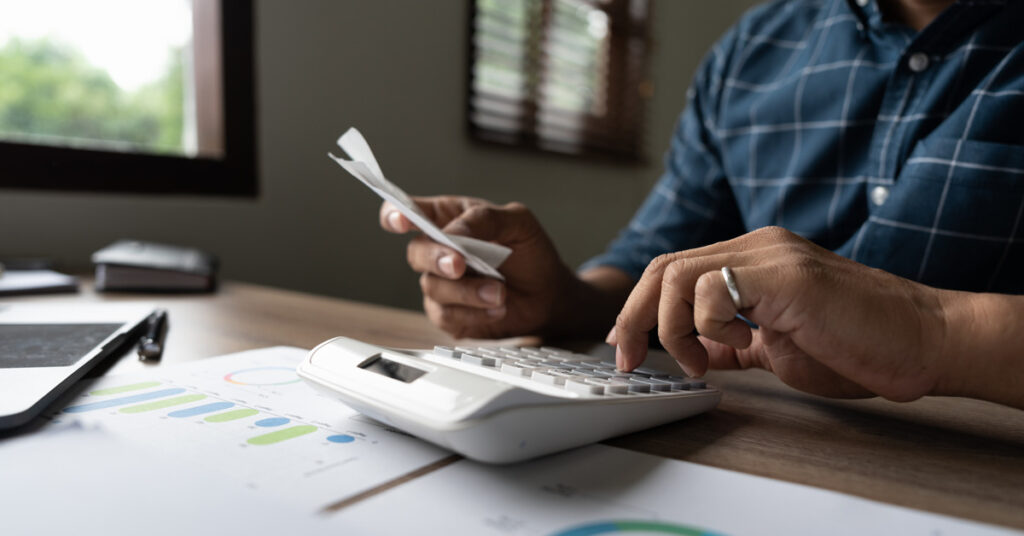
Bad Debt: What Is It… and How to Avoid It
Bad Debt: What Is It… and How to Avoid It https://rockcreekcg.com/wp-content/uploads/2023/01/WordPress-Featured-Image-1024x536.jpg 1024 536 Rock Creek Consulting Group Rock Creek Consulting Group https://secure.gravatar.com/avatar/973a7b183816ab690817ef5b070658aa?s=96&d=mm&r=g- Rock Creek Consulting Group
- no comments
 Let’s start with a definition of Bad Debt.
Let’s start with a definition of Bad Debt.
Bad Debt is an amount of money a creditor must write off after a debtor defaults. In other words, it’s the amount of money your company will not receive for products or services sold to your customer. Understanding and incurring bad debt is part of doing business… because there is ALWAYS a risk that payments won’t be collected, especially for businesses that extend credit to customers.
In accounting terms, Bad Debt becomes uncollectible and is recorded as a charge-off. There are various ways to estimate how much of receivables may become uncollectible such as the accounts receivable (AR) aging method or the percentage of sales method.
How can you avoid (or manage) Bad Debt? Here are 10 tips.
1. Clearly outline at the outset of a client relationship the expected terms of trade and payment
Sometimes in the eagerness to complete a sale, payment terms are not properly specified. All parties should enter the transaction with absolute clarity on what is expected, especially regarding payment.
2. Send invoices promptly or on a regular date
Inconsistent and inaccurate invoicing encourages poor payment practices. Tighten up your invoicing processes. It will help your cash flow too.
3. Constantly remind the customer of all payment options on your invoices or contracts
Make it as easy as possible for customers to pay you. Don’t encourage ‘excuses’ for non-payment. Allow them to pay online with a credit card or ACH payment. When you mail them invoices, include a return envelope.
4. Perform a thorough background check on a business before offering credit
This may involve asking certain questions of the customer (ideally through a structured credit questionnaire) OR you may perform credit checks through a third party. The level of risk being undertaken will determine the best approach for your business.
5. Set sensible customer credit limits
A credit limit is the maximum amount of outstanding unpaid debt a customer can incur. You want to avoid a situation where a debtor will ‘over-extend’ and this will vary depending on the product and customer you deal with.
6. Transfer goods only once payments have cleared
Linking the transfer of (some) goods to receiving (partial) payment allows you to retain some leverage. Put another way, if a customer fails to meet their commitments early on (by failing to pay), you want to respond quickly and definitively.
7. Keep regular contact with your customers
Appoint a Customer Manager or Account Manager to monitor your customers, especially changes in their circumstances. Often there are early warning signs which may affect their ability to pay. Set up automatic past due reminders when invoices become past due and send statements monthly.
8. Incentivize early payment of bills
A small percentage discount can encourage early payment. This also reinforces that you value receiving your cash as early as possible and sets the tone for the relationship.
9. Train your team
The team should completely understand the business’s payment terms, client invoicing, and debt recovery procedures. Best to record this in a financial policies and procedures manual.
10. Reward the sales team once money is collected, not when a sale is booked
Create a culture which values cash flow. Get everyone on the same page to avoid Bad Debt.
Most of these tips are easy to apply and small steps can make a big difference in avoiding Bad Debt.
- Post Tags:
- bad debt
- Posted In:
- Newsletter Blog
- Uncategorized
